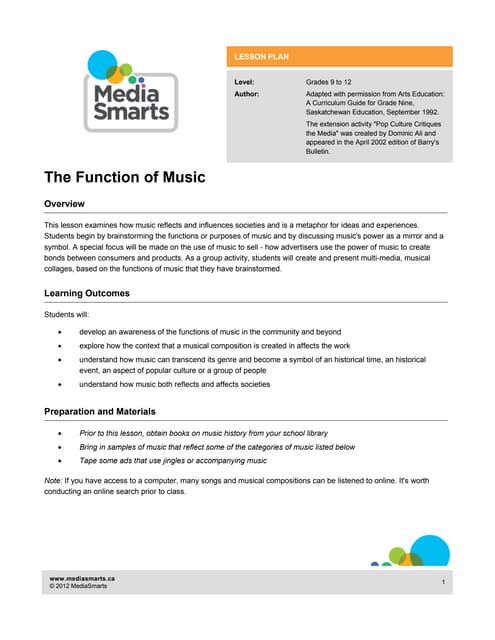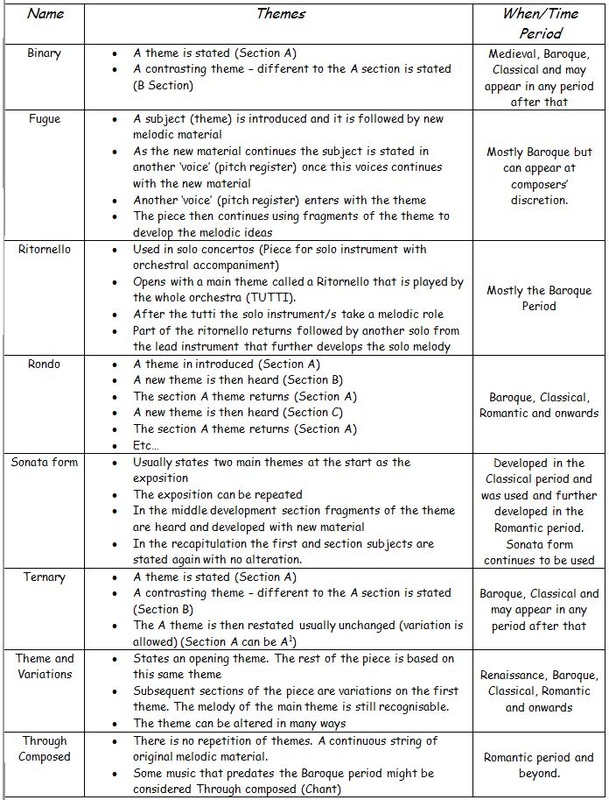
We hear all of the “parts” which we think of as music-rhythm, pitch, melody, form, etc. For example, if we hear the Qur’an performed, it may sound like singing and music. What we may hear as music in the West may not be music to others. However, Indian musicians more than make up for a lack of harmony with complex melodies and rhythms not possible in the West due to the inclusion of harmony (chord progressions), which require less complex melodies and rhythms. Indian classical music, for example, does not contain harmony, but only the three textures of a melody, rhythm, and a drone. Some cultures favor certain aspects of music. The Kpelle people of Liberia have one word, “sang,” to describe a movement that is danced well (Stone, 1998, p. For them, when you are content, you sing, and when you are angry, you make noise (2001). To the Basongye, music is a purely and specifically human product. The Basongye of Zaire have a broad conception of what music is, but no corresponding term. According to the ethnomusicologist Bruno Nettl (2001), some North American Indian languages have no word for “music” as distinct from the word “song.” Flute melodies too are labeled as “songs.” The Hausa people of Nigeria have an extraordinarily rich vocabulary for discourse about music, but no single word for music. Instead, the relationship of music and dance to everyday life is so close that the people have no need to conceptually separate the two. Some theorists even believe that there can be no universal definition of music because it is so culturally specific.Īlthough we may find it hard to imagine, many cultures, such as those found in the countries of Africa or among some indigenous groups, don’t have a word for music. Ethnomusicologist John Blacking declares that “we can go further to say that music is sound that is humanly patterned or organized” (1973), covering all of the bases with a very broad stroke. As musicologist Charles Seeger notes, “Music is a system of communication involving structured sounds produced by members of a community that communicate with other members” (1992, p.89). There are also the social aspects of music to consider.

Definitions range from practical and theoretical (the Greeks, for example, defined music as “tones ordered horizontally as melodies and vertically as harmony”) to quite philosophical (according to philosopher Jacques Attali, music is a sonoric event between noise and silence, and according to Heidegger, music is something in which truth has set itself to work).

If we look at music in different parts of the world, we find even more variations and ideas about what music is. “Music” is one of the most difficult terms to define, partially because beliefs about music have changed dramatically over time just in Western culture alone.

The second half gives a brief overview of music education and teaching in the U.S., which provides the foundation of the discipline for the book.

Chapter Summary: The first half of this chapter attempts to define music as a subject and offers perspectives on music, including basic vocabulary and what you should know about music in order to incorporate it in your work with children.


 0 kommentar(er)
0 kommentar(er)
